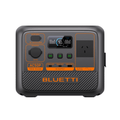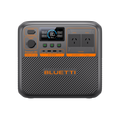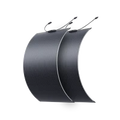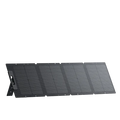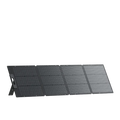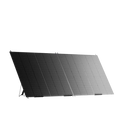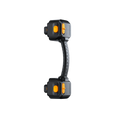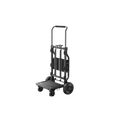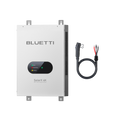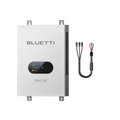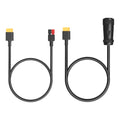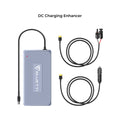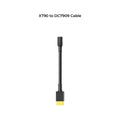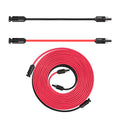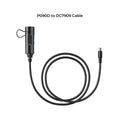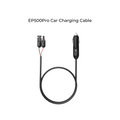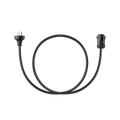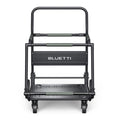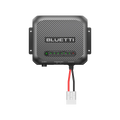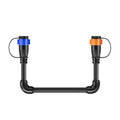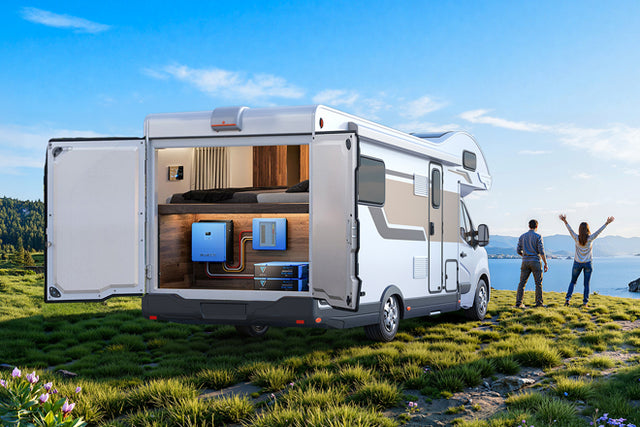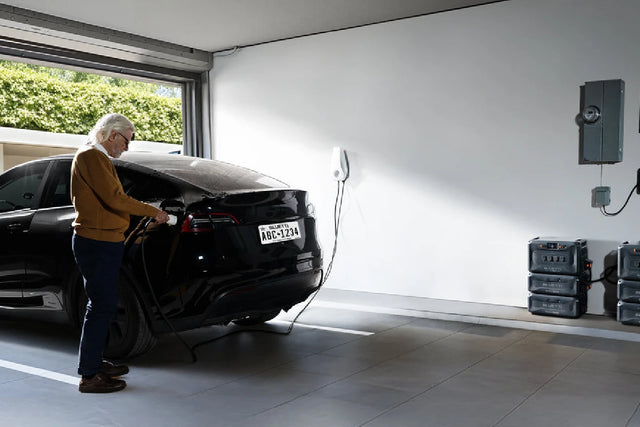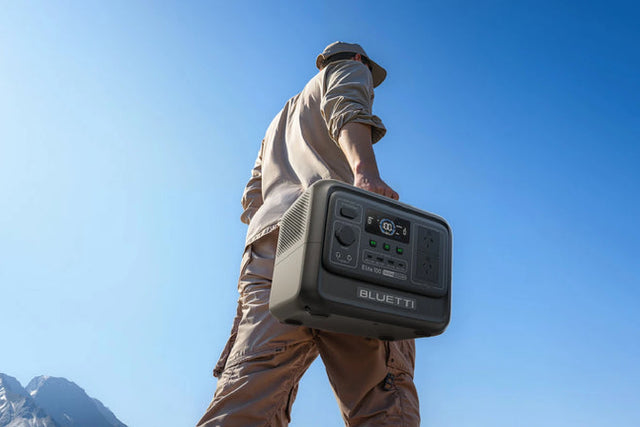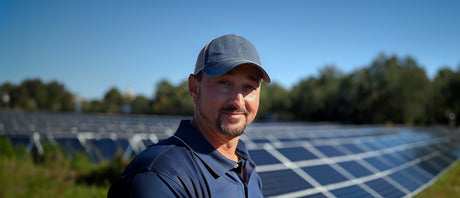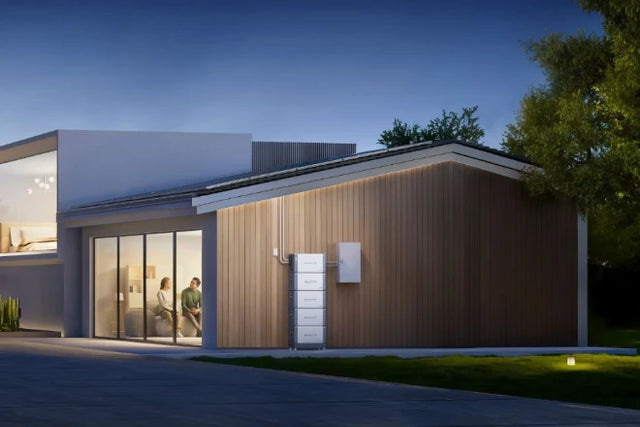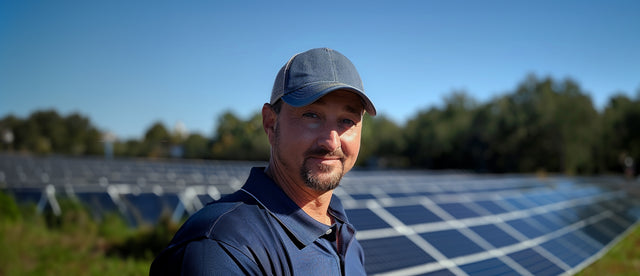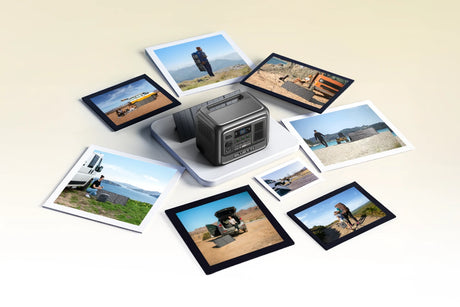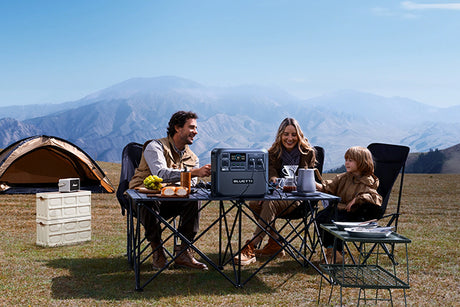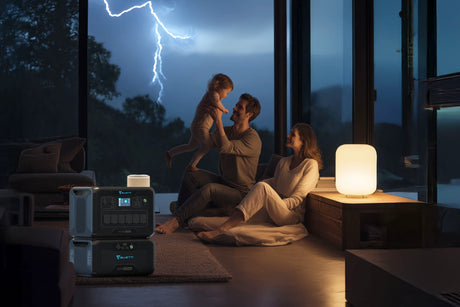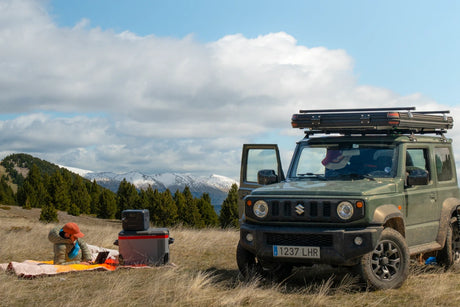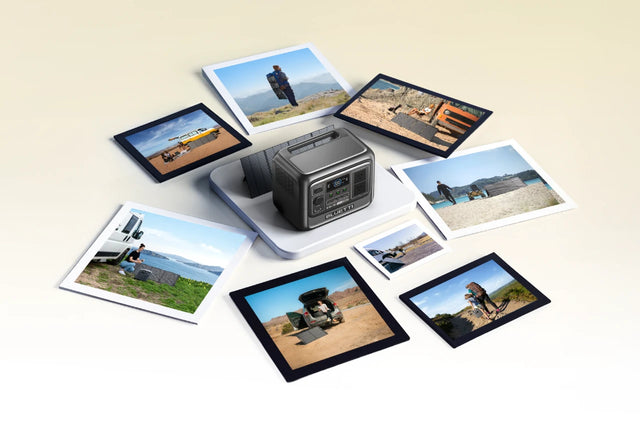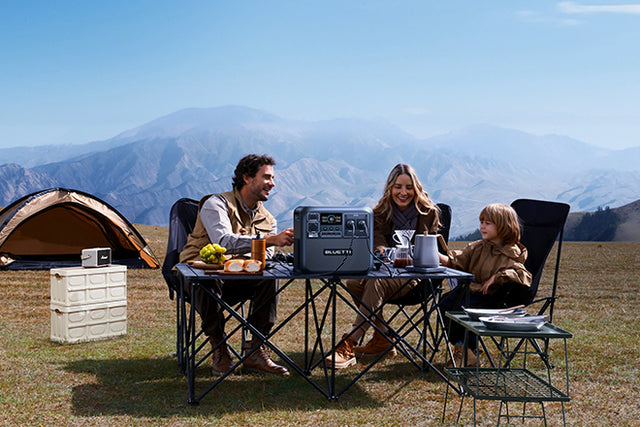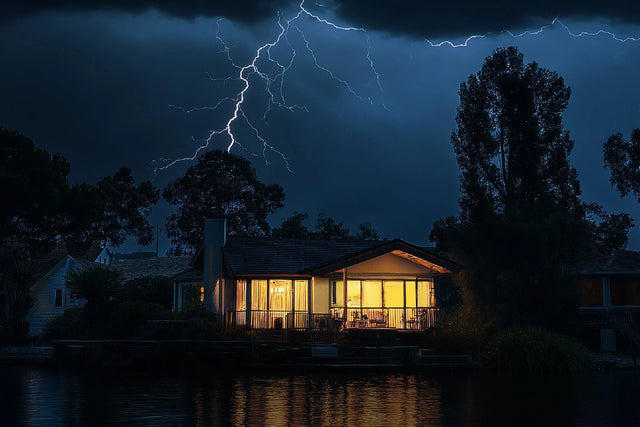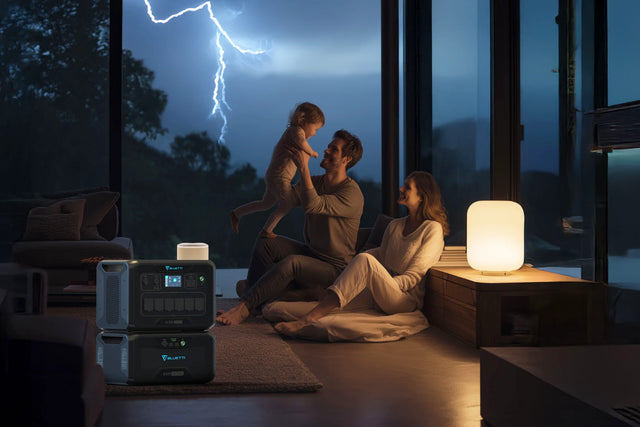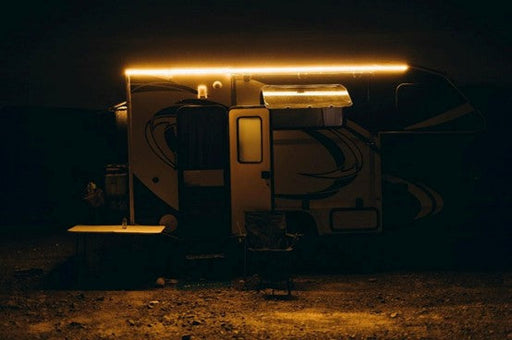When experiencing an outage or heading out for outdoor adventures and job sites, choosing the right size generator is vital for reliable power. Choosing an undersized generator can deprive critical appliances or power tools but an oversized one can also mean wasted money on fuel and inefficient use of the generator.
This guide covers how to calculate the size generator that will be best for you, whether your stated need is for: home backup, camping, RV, construction, or medical equipment. Complete with step-by-step instructions, example calculations and generator recommendations for various scenarios. you will be able to confidently choose a generator that’s both practical and cost effective.

Why You Should Choose the Right Generator Size
It is imperative to choose the correct generator size for the job you are doing, both for efficiency and safety. A generator that is undersized will fight the electrical load and could overload, drop power, and/or damage your devices or even the generator. Conversely, selecting a generator that is oversized means you’re burning fuel unnecessarily, spending more on the initial purchase, and working inefficiently if you’re operating it at lower loads.
Finding the right size generator is crucial to ensuring that your power needs are met without overloading the unit or wasting resources. It's especially important in many situations. For example, if you’re using a generator to back up your home, you might need sufficient wattage to power things like refrigerators, sump pumps, and lights.
Downtime is costly for businesses, while generators protect equipment. At construction sites, generators have to power up power tools and heavy equipment. At the same time, campers and RV owners require small, quiet units to power electronics and small appliances. In an emergency, a properly sized generator is a lifesaver, keeping communication devices and medical devices running.
Knowing your use case and generator size requirements will help guarantee safe, uninterrupted, and cost-effective power, convenient, comfortable, or life-saving.

Determining Your Individual Energy Requirements
Before committing to a generator, it’s important to define exactly how and where you’ll use it.
Define Your Use Case
Ask yourself why do I need the power?
-
Home Backups: Do you want to run only select appliances such as a refrigerator, lights and a sump pump? Or do you require a whole-house solution that will power HVAC systems, ovens and water heaters?
-
Outdoor Fun: If you’re camping, taking an RV road trip, or tailgating, you’ll want a smaller, portable generator that can power electronics, lights, and cooking devices.
-
Job Sites: For power tools such as table saws, drills and compressors a more powerful generator that can handle high start as well continuous loads is required.
-
Emergency Preparation: If you are preparing for posts from storms or grid failures, then make sure your generator is ready to power critical devices like medical equipment, communication, and basic home functions.
Compile a List of Devices You Want to Power
Once you have defined your scenario, create a list of all the appliances or tools you intend to run. Look at the power needs (usually in watts) for each item and keep track of both running watts and starting watts. In the next step, this list forms the basis for the calculation of total power needs. In this way, sizing your generator to fit your true needs gives you dependable performance without paying for more capacity than you'll ever need.
Determining Your Power Needs
Selecting a suitable generator depends on precise calculation of your overall power requirements. This makes certain that your generator will be capable of supporting all devices you wish to connect, during operation, and also during their start-up phase. Knowing about how power ratings work and how to use them can prevent you from under- or over-sizing your generator.
Understand Power Ratings
You need to understand two essential wattage ratings:
-
Running (Rated) Watts: This is the sustained power required for a device to function properly. Most appliances and electronics, provided they’re turned on, will draw this amount.
-
Start-up (Surge) Watts: Some appliances, particularly those with electric motors, like refrigerators, pumps and power tools, need additional power to start up. This surge is brief, lasting only a few seconds, but has to be accounted for in your generator’s capacity.
Calculate Your Total Power Needs
-
Make a List of the Devices You Want to Power: Start by listing the devices, whether they are appliances, tools, or any equipment, that you want to run at the same time. Add a list of essential items, lights, refrigerators, microwaves, heaters, and computers.
-
Log the Wattage of Each Device: This is often found on a label on the device itself or in the user guide. If not, look up an online wattage chart for estimates.
-
Supply Run and Start Watts Separately: Include both running and starting wattage for each device. If a device doesn’t list a starting watt, it probably won’t require added power to start.
-
Add Up the Running Watts: Total running wattage from all devices you will run simultaneously. It is the baseline of your generator’s output capacity.
-
Identify the Highest Starting Wattage: Take a look at your list and identify the one device with the highest starting wattage. You only have to input the starting watts for every device, the one with the highest surge, because most appliances don’t start at the same time.
-
Calculate Total Required Power: Please sum up the total running watts with the maximum starting wattage. This provides you with the base wattage you need your generator to supply.
Example Calculation
Assume you want to power these things during a power outage:
Refrigerator: 700W running, 2200W starting.
Microwave: 1000W run, 1000W start
Sump Pump (1/2 HP) : 800W running, 1200W starting
Step 1: Total Running Watts
(2500W total) 700 (fridge) + 1000 (microwave) + 800 (sump pump)
Step 2: Find the Highest Watts at the Starting Position
Starting Watts: refrigerator 2200W, microwave 1050W, space heater 1500W
Step 3: Add to Running Watts
Running 2500W (total) + 2200W (peak inrush) =4700W
Suggested Size Generator: 4700W at minimum
It’s smart to pick a generator with a bit more wattage than the total you’ve calculated, to offer a buffer and leave open the option to add more devices in the future. For this instance, a quality 5000W generator would suffice.
Choosing The Right Generator Type Based on The Size
Choosing the right-sized generator is only half the battle, you also have to pair that size with the correct kind of generator. Generator models all have their own advantages, size, fuel usage, and price tag. We’ll explore generator type by wattage range and explain where they excel, with BLUETTI’s robust product lineup as examples.
-
Small Generators (500W – 1000W)
Best for: Camping, tailgating, powering small electronics.
Recommended Model: BLUETTI AC70.
Small generators like the BLUETTI AC70 are compact and ultra-portable, typically weighing 22.5 lbs, making them ideal for low-watt applications (usually up to around 700W continuous power). They’re also lightweight and whisper-quiet, operating below 45 dB, perfect for outdoor environments such as campsites, picnics, or tailgate parties, where mobility, simplicity, and quiet operation are essential.
Typical Use Cases: Charging a phone, laptop, tablet, Powering mini fridges, LEDs, fans, TV or speaker setup (small).
Advantages:
-
Lightweight and portable
-
Quiet operation
-
Wonderful for short-term, light-duty service

-
Medium Generators (1000W – 2000W)
Best Suited for: Emergency Home Backup (Essentials), Outdoor Adventures
Recommending Model: BLUETTI AC180
This class of generator strikes an ideal balance between portability and higher power output, typically delivering around 1800W of continuous power. Medium-sized generators like the BLUETTI AC180 can comfortably support basic home appliances during short-term power outages and are perfectly suited for extended camping trips or RV adventures lasting up to a week.
Can Power: Refrigerator or freezer, Sump pump, Microwave, Laptop, modem/router, lights
Advantages:
-
Longer runtime
-
Can connect to multiple small devices simultaneously
-
Quiet and energy-efficient

Main Generators (3000W – 5000W)
Best for: Most home appliances, job sites
Recommended Models: BLUETTI AC300, AC500
This category can handle heavy loads when you need serious backup power. From home emergencies to job site tools, portable generators have the power and versatility to operate multiple appliances at once.
Can Handle: HVAC systems (small to mid-sized), well pumps, power tools, unplugged kitchen appliances (oven or toaster or electric stove)
Advantages:
-
Includes just about every household essential
-
It is versatile for home or professional use
-
Modular power up with the battery modules

Whole-House Standby Generators (10,000W–25,000W)
Best for: Full Home Backup, Business Continuity
Recommended: BLUETTI AC500
These are the heavyweights. Intended for permanent installation, they deliver seamless power during outages and many offer automatic switch-over. They can run everything in your home or office, including HVAC and high-load equipment.
Features:
-
Powers whole houses, including AC, water heaters, washers/dryers
-
Start when grid power vanishes
-
Extended operation & massive capacity
-
Perfect for rural countries or disaster areas

Generator Size Recommendations Summary
|
Scenario |
Recommended Size |
|
Essential Home Back up |
5000-7000W |
|
Whole House Back-up |
10,000-24,000W |
|
Camping |
1000 - 2000W |
|
RV Travel |
3000-4000w |
|
Tailgaiting |
2000-3000W |
|
Lightduty tools |
3000-5000W |
|
Medium duty equipment |
6000-9000w |
|
Heavy duty jobsites |
10000-15000w |
|
Medical devices (CPAP) |
300-1000W |
Appliance Wattage Reference Sheet
Home Appliances
|
Appliance |
Running Watts |
Starting Watts |
|
Refrigerator |
700 W |
2,200 W |
|
Freezer |
500 W |
1,500 W |
|
Microwave Oven |
1,000 W |
– |
|
Dishwasher |
1,500 W |
1,500 W |
|
Electric Oven |
2,150 W |
– |
|
Washing Machine |
1,150 W |
2,250 W |
|
Clothes Dryer (Electric) |
5,400 W |
6,750 W |
|
Ceiling Fan |
60 W |
70 W |
|
Central Air Conditioner (24,000 BTU) |
3,800 W |
11,400 W |
|
Space Heater |
1,800 W |
– |
|
Water Heater (Electric) |
4,000 W |
– |
|
Television (49" LED) |
85 W |
– |
|
Desktop Computer |
100 W |
350 W |
|
Laptop |
50 W |
– |
|
Wi-Fi Router |
5 W |
15 W |
|
Light Bulb (LED) |
9 W |
– |
|
Sump Pump (1/2 HP) |
1,050 W |
2,150 W |
|
Garage Door Opener (1/2 HP) |
875 W |
2,350 W |
|
Vacuum Cleaner |
200 W |
200 W |
|
Hair Dryer |
1,250 W |
– |
Camping
|
Appliance |
Running Watts |
Starting Watts |
|
LED Light |
5 W |
– |
|
Portable Fan |
20 W |
– |
|
Mini Refrigerator |
50 W |
100 W |
|
Electric Kettle |
1,200 W |
– |
|
Smartphone Charger |
5 W |
– |
|
Tablet Charger |
10 W |
– |
|
Camping Heater |
750 W |
– |
|
Induction Cooker |
1,800 W |
– |
|
Power Bank Charging |
50 W |
– |
RV Travel
|
Appliance |
Running Watts |
Starting Watts |
|
RV AC (13,500 BTU) |
1,500 W |
2,000 W |
|
RV AC (15,000 BTU) |
1,800 W |
2,800 W |
|
Microwave Oven |
1,000 W |
– |
|
Refrigerator (RV) |
500 W |
1,500 W |
|
TV |
100 W |
– |
|
Water Heater (RV) |
1,500 W |
– |
|
Coffee Maker |
600 W |
– |
|
Electric Frying Pan |
1,200 W |
– |
|
Toaster |
850 W |
– |
|
Laptop |
50 W |
– |
|
Wi-Fi Router |
10 W |
– |
Tailgating
|
Appliance |
Running Watts |
Starting Watts |
|
Electric Grill |
1,500 W |
– |
|
Sound System |
200 W |
– |
|
Blender |
300W |
– |
|
Laptop |
50 W |
– |
|
Electric Cooler |
60 W |
80 W |
|
Slow Cooker |
250 W |
– |
|
Outdoor LED TV |
250 W |
– |
Job Site Tools & Equipment - Light-Duty:
|
Equipment |
Running Watts |
Starting Watts |
|
Corded Drill |
600 W |
900 W |
|
Angle Grinder |
900 W |
1,400 W |
|
Jigsaw |
450 W |
800 W |
|
Work Lights |
500 W |
– |
|
Battery Charger |
500 W |
– |
Medium-Duty:
|
Equipment |
Running Watts |
Starting Watts |
|
Circular Saw |
1,200 W |
2,400 W |
|
Miter Saw |
1,800 W |
1,800 W |
|
Table Saw |
1,800 W |
4,500 W |
|
Reciprocating Saw |
1,100 W |
1,500 W |
|
Hammer Drill |
1,000 W |
1,200 W |
|
Air Compressor (1 HP) |
1,500 W |
3,000 W |
Heavy-Duty:
|
Equipment |
Running Watts |
Starting Watts |
|---|---|---|
|
Air Compressor (5 HP) |
4,000 W |
9,000 W |
|
Welder (AC/DC) |
9,000 W |
– |
|
Concrete Mixer |
1,200 W |
1,800 W |
|
Water Pump (2 HP) |
2,000 W |
4,000 W |
|
Industrial Fan |
750 W |
1,500 W |
|
Industrial Heater |
5,000 W |
– |
Medical Devices
|
Device |
Running Watts |
Starting Watts |
|
CPAP Machines |
30–100 W |
100 W |
|
Portable Oxygen Concentrator |
120–150 W |
– |
|
Home Oxygen Concentrator (5 LPM) |
300–350 W |
– |
|
High-Flow Oxygen Concentrator (10 LPM) |
600–700 W |
– |
Choosing the right generator size isn’t just about watts, it’s about lifestyle, safety, and readiness. Whether you're preparing for emergencies, planning outdoor adventures, or powering up your tools, matching the right size with the right type ensures you’re never left in the dark.

Additional Considerations Before Buying a Generator
When purchasing your generator, it’s more than just about power output. Features such as fuel type, portability, noise levels, and safety features can really impact usability and long-term satisfaction.
Generator Type
-
Gasoline Generators: Most gasoline engines are easily accessible, and therefore, they are usually the most common choice for a home generator. They do require more frequent refueling, however, and the fuel degrades over time.
-
Diesel Generators : Diesel is part of a highly effective, long-lasting huge manufacturer gas generators. Through the process of combustion, though, diesel has a longer shelf life and handles cold better.
-
Solar Generators: An eco-friendly, silent, and low-maintenance option, solar generators are perfect for indoor and outdoor use. These are ideal for those looking for a sustainable, rechargeable option.
Portability vs. Stationary
-
Portable Generators: Lightweight and easy to get around, ideal for tailgating, RVing or powering remote job sites.
-
Standby Generators: These systems are installed permanently, which means they power your home automatically during outages. They have high output and reliable performance for long-time service.
Noise Levels
-
Inverter Generators: They run a lot quieter and they will only run at the speed needed for the load so they are great for campsites and neighborhoods
-
Conventional Generators: Typically louder but ideal for higher power requirements.
Safety Features
Look for features like:
-
Carbon monoxide detector with automatic shutoff
-
Engine wear prevention by low-oil shutdown
-
Electrical overload protection: Circuit breakers
Considering these factors when purchasing means you will select a generator that is safe, reliable, and best for your requirements.
FAQs
How can I determine what size generator I need?
First make a list of all the appliances or devices you want to power. Review their running and starting wattage, and add up how much power you will require. Sum the running watts and add the largest starting watt. This total, provides the minimum generator size you require.
What’s the difference between running watts and starting watts?
Running watts, the power used to run a device continuously. Starting watts is the increased power needed for a short time at startup for things such as refrigerators or pumps.
Can I run a portable generator indoors?
No. Portable generators produce carbon monoxide, an odorless and deadly gas. Run them outdoors at all times and use ventilation doors, windows and vents.
Are solar generators powerful enough to backup a home?
Yes, modern solar generators like the BLUETTI AC300 or EP800 can support essential or whole-house backup depending on whether equipped with expansion batteries.
Do I need a generator larger in size?
Oversizing your generator a little bit gives you a cushion for unexpected loads or any future enhancements. But if generators are far too large, they will not only consume excessive fuel but also operate inefficiently.
Which one is better: inverter or traditional generator?
Inverter generators are quieter, more fuel efficient, and give cleaner power for sensitive electronics. Traditional generators are more efficient and cheaper to run for high-load needs.


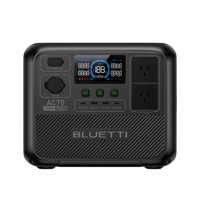
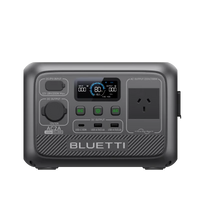


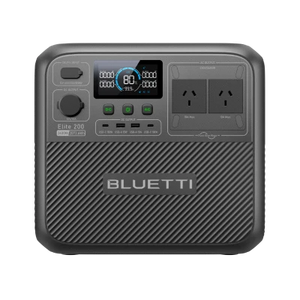
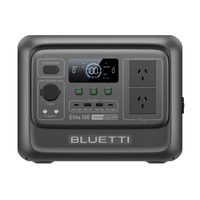
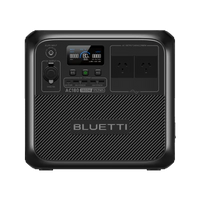
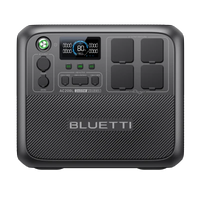
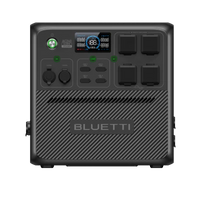
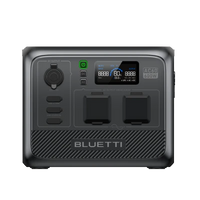
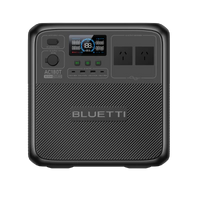


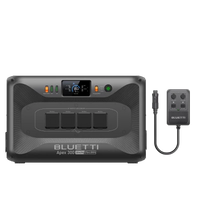

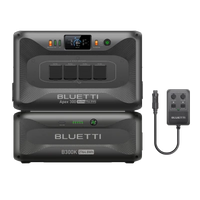
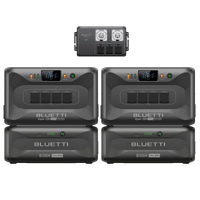
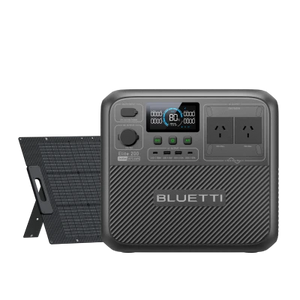
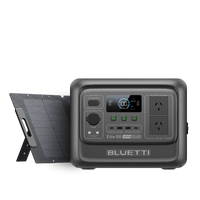
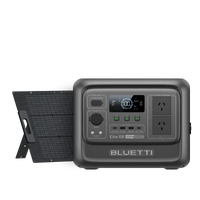
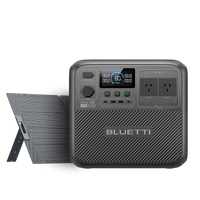
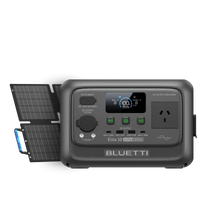
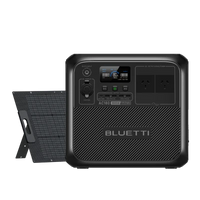
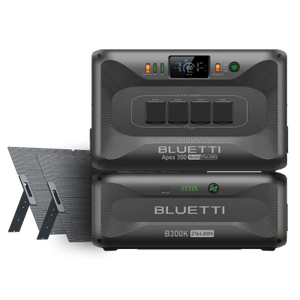
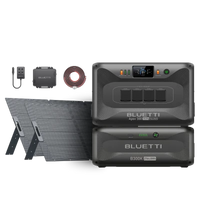
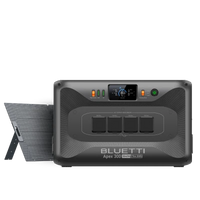
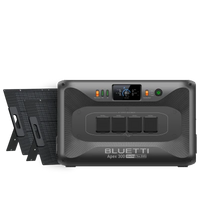
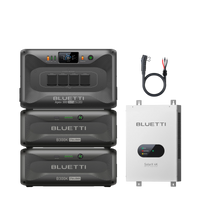

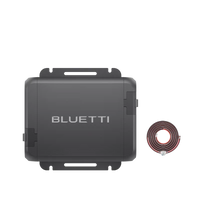
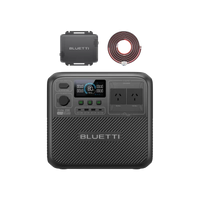
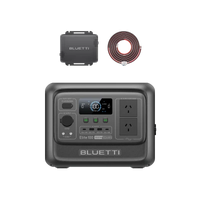
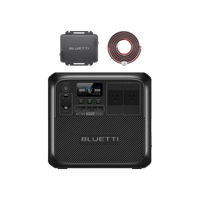
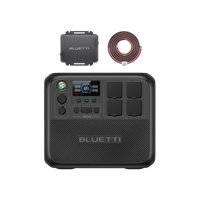
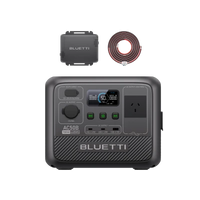
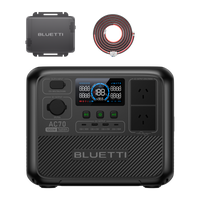




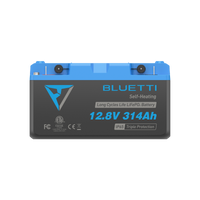






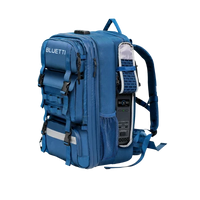
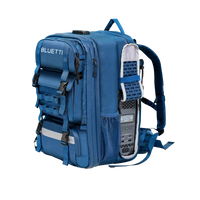
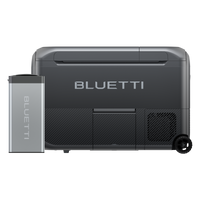
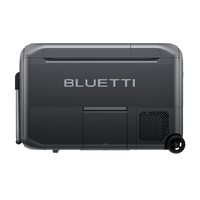
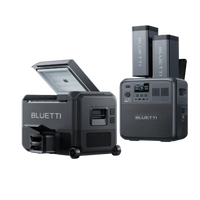
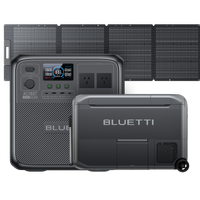
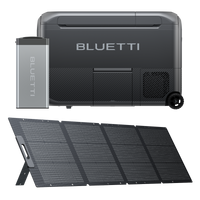
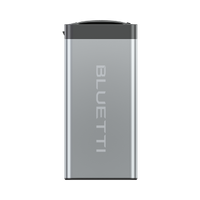
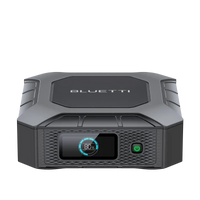
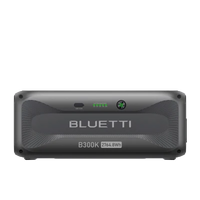

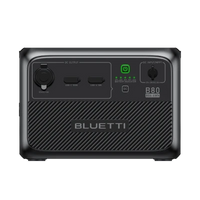
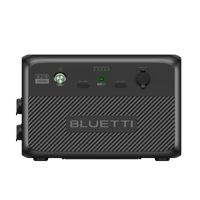

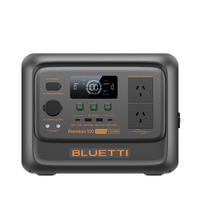
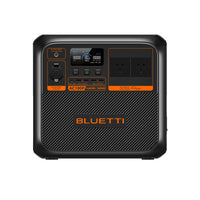

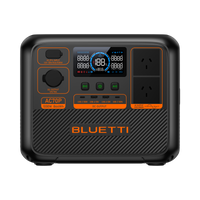
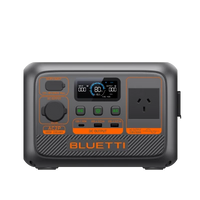
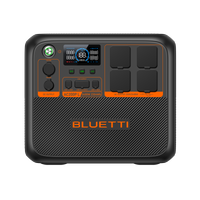
![[Phased Out] BLUETTI B80P Expansion Battery | 806Wh](http://www.bluettipower.com.au/cdn/shop/files/202310025B80P_2000-2000px_4_4caa0c1c-4dab-4272-9e9b-2b7507e5bd81.jpg?v=1713777870&width=200)
![[Phased Out] BLUETTI B210P Expansion Battery | 2,150Wh](http://www.bluettipower.com.au/cdn/shop/files/2_08cf9ef3-03a4-4489-b641-d3edb8094896.webp?v=1716016566&width=200)

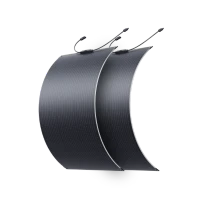
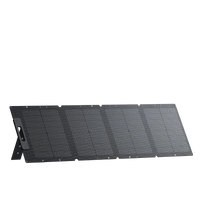
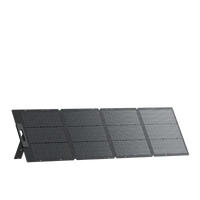
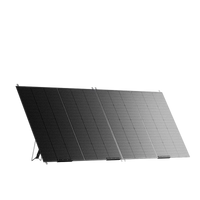





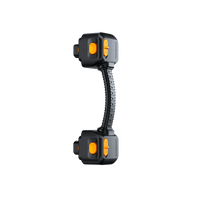
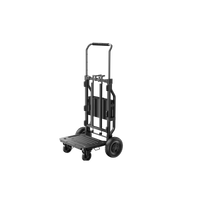
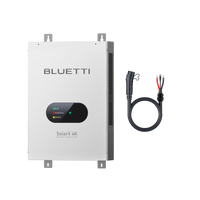

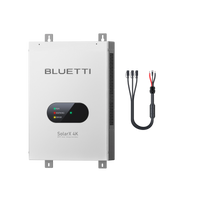
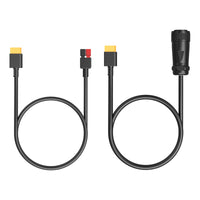
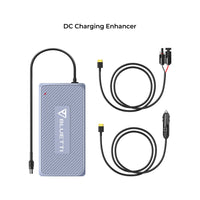
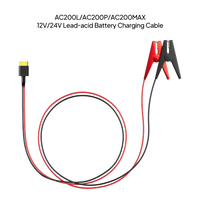
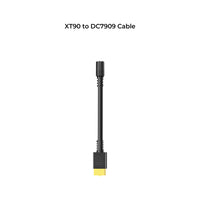
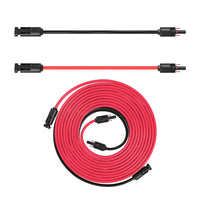
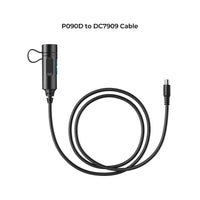
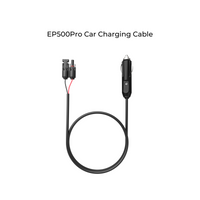
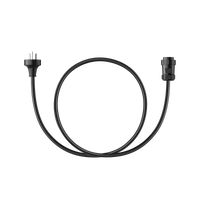
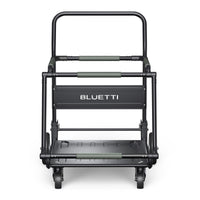
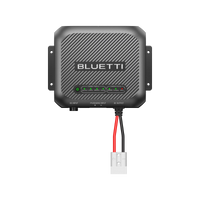
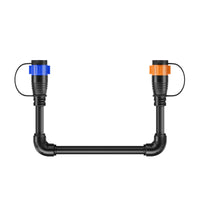



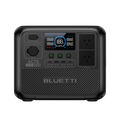
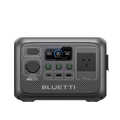



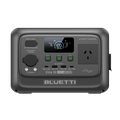
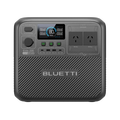
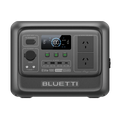
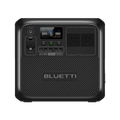

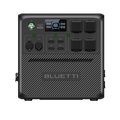
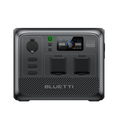
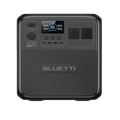


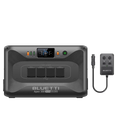

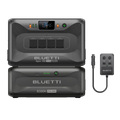
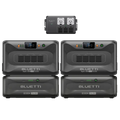




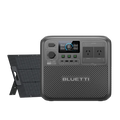
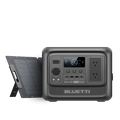
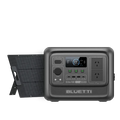
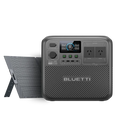
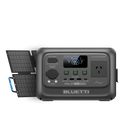
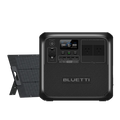
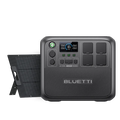
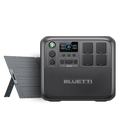




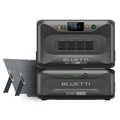
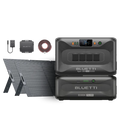
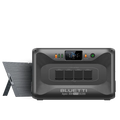
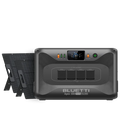
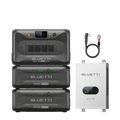

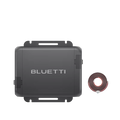
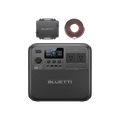
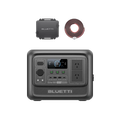
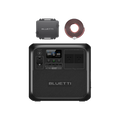
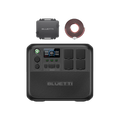
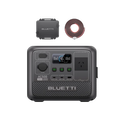
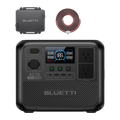


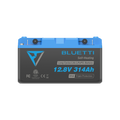



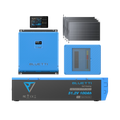
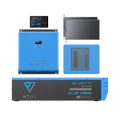

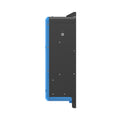
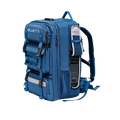
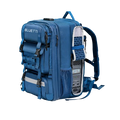
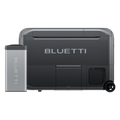
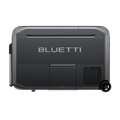
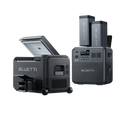
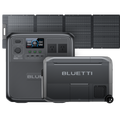
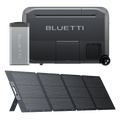
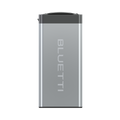
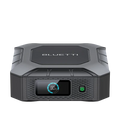
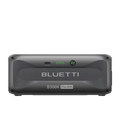

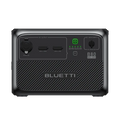
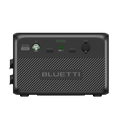
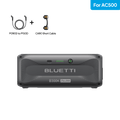
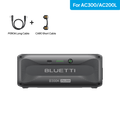
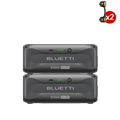
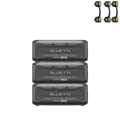




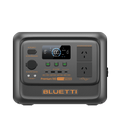
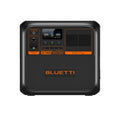

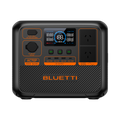
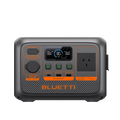
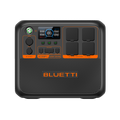
![[Phased Out] BLUETTI B80P Expansion Battery | 806Wh](http://www.bluettipower.com.au/cdn/shop/files/202310025B80P_2000-2000px_4_4caa0c1c-4dab-4272-9e9b-2b7507e5bd81.jpg?v=1713777870&width=120)
![[Phased Out] BLUETTI B210P Expansion Battery | 2,150Wh](http://www.bluettipower.com.au/cdn/shop/files/2_08cf9ef3-03a4-4489-b641-d3edb8094896.webp?v=1716016566&width=120)

